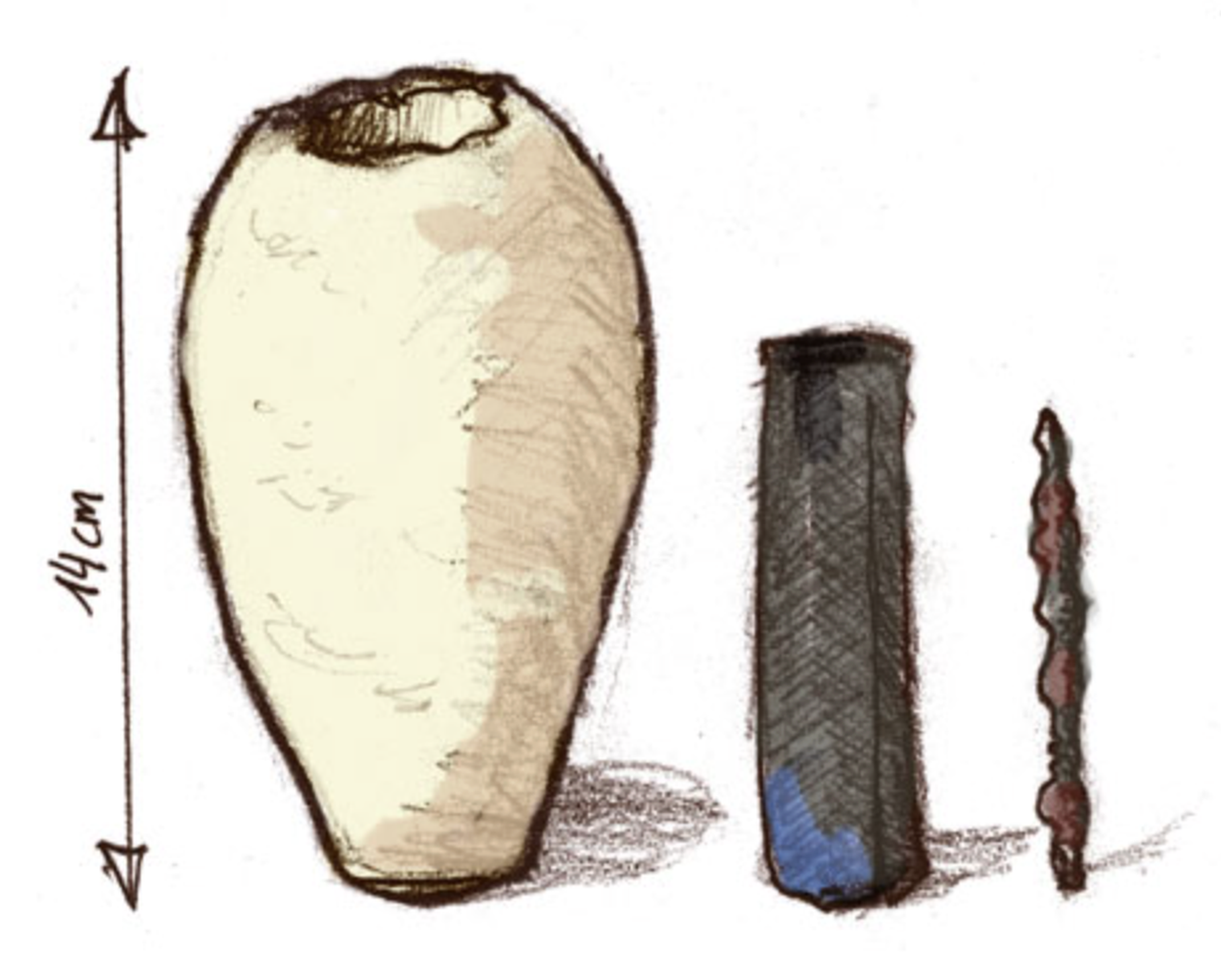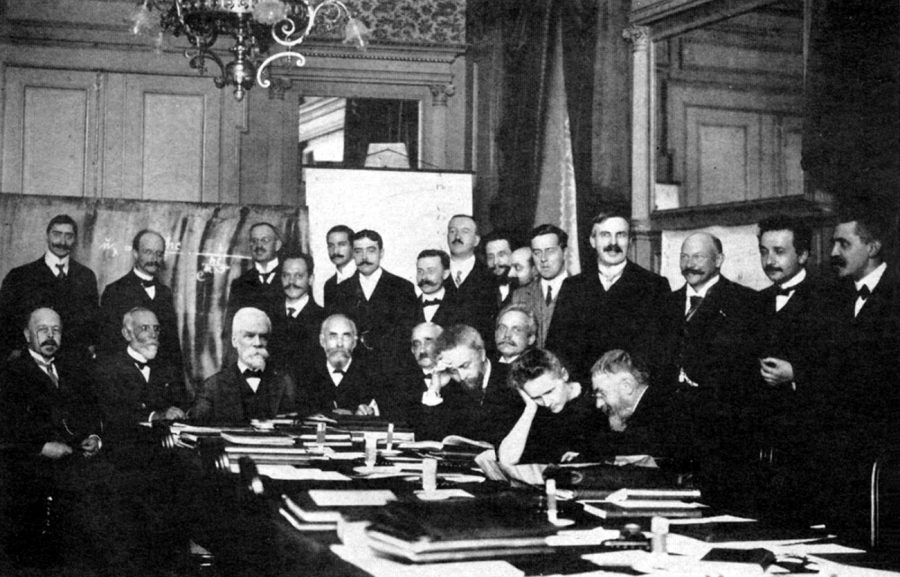We didn’t have civilization until we had cities, and we didn’t have cities until we had agriculture. So, at least, goes a widely accepted narrative in “big history” — a narrative somewhat troubled by the discovery of ruins on Göbekli Tepe, or “Potbelly Hill,” in southeastern Turkey. Apparently inhabited from around 9500 to 8000 BC, the ancient settlement predates the Pyramids of Giza by nearly 8,000 years, and Stonehenge by about 6,000 years. Though it was once believed to be a site used for ritual purposes only, later research unearthed evidence that suggests it was host to a variety of activities we associate with urban civilization, rather than what we usually think of hunter-gatherer sites. Does it amount to reason enough to revise our very understanding of the history of humanity?
“Like Stonehenge, Göbekli Tepe’s structure includes circles of T‑shaped limestone pillars, many of them featuring etchings of animals,” says YouTuber Joe Scott in the video above. These pillars are arranged into enclosures, which together constitute a site that “features archaeological complexity that probably would have been too advanced for hunter-gatherers.”
Klaus Schmidt, the archaeologist who led the excavations at Göbekli Tepe between 1996 and 2014, believed that it was “a sanctuary and maybe a regional pilgrimage center where people gathered to perform religious rites.” But since his death, evidence of houses, a cistern, and grain-processing tools has turned up, indicating “a fully fledged settlement with permanent occupation” well before the advent of farming. This finding indicates that social and technological innovations associated with ‘civilization’ may have emerged long before the advent of agriculture, cities, or domesticated animals — under conditions very different from what historians had previously assumed. But as to the reason it was all built in the first place, this new information has led to more questions than answers.
One less than generally accepted theory holds that Göbekli Tepe was an astronomical observatory, and perhaps also a memorial to a devastating comet strike that occurred 13,000 years ago. Maybe it was “a last-ditch effort by a hunter-gatherer society to hang on to their vanishing lifestyle as the world was transitioning to farming.” That could have been the first large-scale technological revolution in human history, but it certainly wouldn’t be the last, and as we here in the twenty-first century consider the ruins of Göbekli Tepe — most of which still have yet to be excavated — we naturally find ourselves thinking about the long-term survival prospects of our own civilization. But the more recent discovery elsewhere in Turkey of other, even older ruins with a distinctly urban structure may also make us feel that our way of life isn’t quite as modern as we’d imagined.
Related Content:
Explore the Ruins of Timgad, the “African Pompeii” Excavated from the Sands of Algeria
Pompeii Rebuilt: A Tour of the Ancient City Before It Was Entombed by Mount Vesuvius
A Cultural Tour of Istanbul, Where the Art and History of Three Great Empires Come Together
Based in Seoul, Colin Marshall writes and broadcasts on cities, language, and culture. His projects include the Substack newsletter Books on Cities and the book The Stateless City: a Walk through 21st-Century Los Angeles. Follow him on the social network formerly known as Twitter at @colinmarshall.










